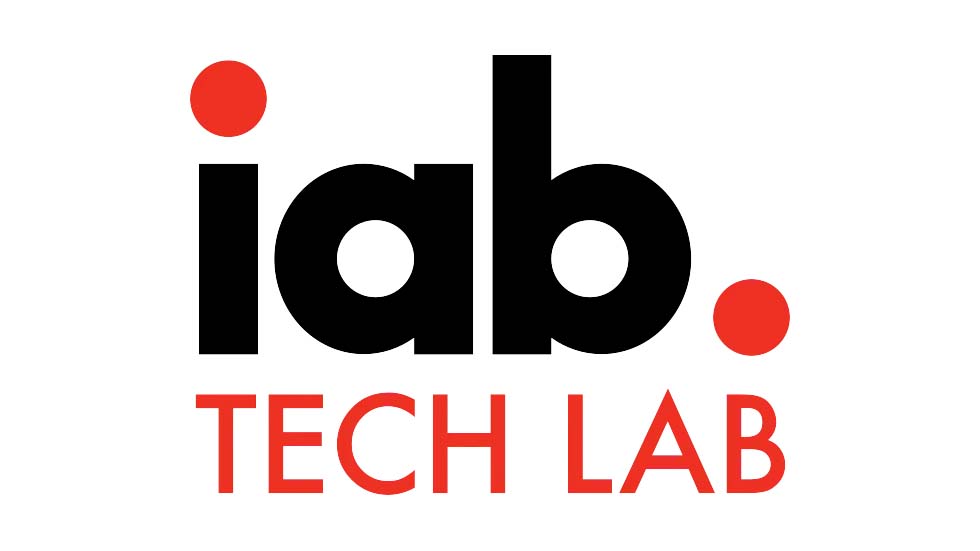TeamCast hybrid terrestrial-satellite mobile TV infrastructure
Tuesday morning the phone function on my Treo broke, putting NAB on hold while I, panicked-ly, scurried around gettting a replacement into service. The experience gave me some new insights into modern life.
First, being phone-less is akin to a disabiity; forcing you into, as Blanche DuBois said, "depending on the kindness of strangers." Second, the Treo remained useful even though I couldn't make "phone calls:" calendar, contacts, reminders, chat, Internet, mobile TV.
I was able to check in with Teamcast's session on the company's new hybrid DVB-T/DVB-SH mobile TV product line, debuted at NAB. The advantage of a hybrid solution, says TeamCast EVP and GM Serge Mal, is that it lets operators offer mobile TV services leveraging the advantages of both satellite and terrestrial transmission systems.
While terrestrial services provide high data rate and cost-effective services in locations where the broadcast infrastructure can be installed, satellite has the advantage of covering very wide geographic areas when no other broadcast service is available. Plus terrestrial services work indoors where satellite coverage isn't effective.
"Operators get 100 percent coverage [wherever the satellite coverage exists] immediately," explains Mal. The only way you get that 100 percent coverage is through the satellite, but the terrestrial services complement the satellite by providing stronger signals closer to the users.
TeamCast's DVB-T/DVB-SH product suite – the "bricks" of the architecture is how TeamCast Co-Founder and CEO Eric Stampinato describes the company's offerings – includes optimized solutions across the transmission path including:
• DBV-SH headend satellite modulators
The professional video industry's #1 source for news, trends and product and tech information. Sign up below.
• Terrestrial repeaters
• Test and measurement to confirm signal quality
